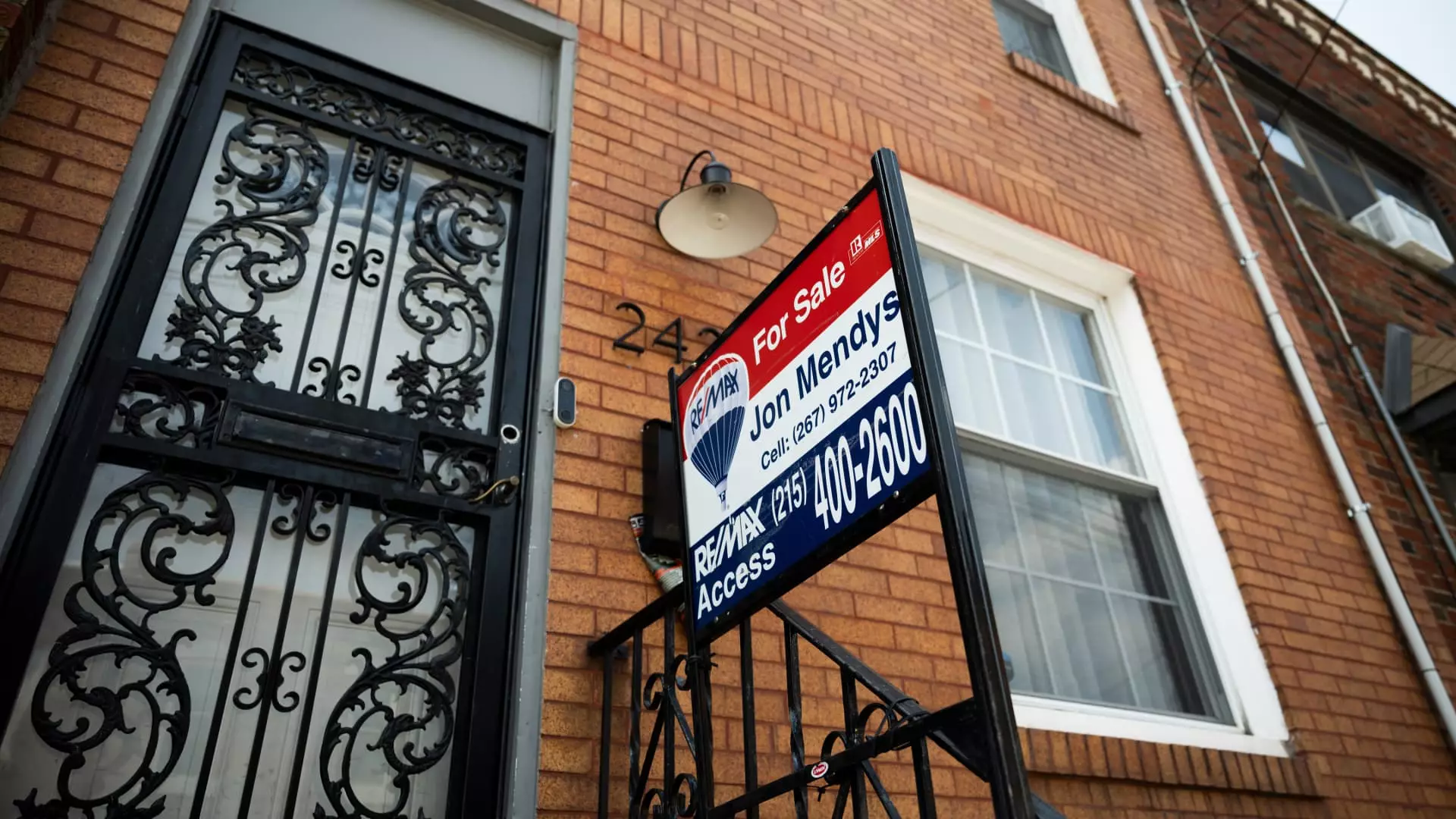The U.S. housing market is experiencing a multifaceted decline, characterized by stubbornly elevated mortgage rates, escalating home prices, and a limited inventory of available properties. This analysis unpacks the underlying factors of the current market dynamics, explores the implications for buyers and sellers, and examines potential future trends.
The latest data from the National Association of Realtors indicates that sales of previously-owned homes dropped by 4.9% in January, resulting in an annualized figure of 4.08 million units. This decline was sharper than analysts’ expectations, which predicted only a 2.6% decrease. Although this figure represents a 2% increase from January 2024, it remains alarmingly low, hovering at approximately a 15-year nadir. The drop is particularly indicative of a market slowed by multiple factors, including the persistently high mortgage rates that individuals have been facing, which hover around 6%, despite the Federal Reserve’s attempts to cut rates in the short-term.
The sluggish sales figures also point to potential time-lag issues: as the reported numbers reflect contracts signed in late 2023, it’s vital to consider that potential buyers may have acted when rates dipped briefly, demonstrating the tenuousness of the situation. In essence, higher borrowing costs are suppressing purchasing power, and affordability continues to erode for many prospective homeowners.
Inventory Issues: A Double-Edged Sword
Interestingly, while the inventory of homes for sale increased to 1.18 million units at the end of January—up 3.5% from December and 17% from the previous year—the market still grapples with insufficient supply. A balanced market is typically characterized by a 6-month supply of homes, yet current conditions present only a 3.5-month supply at the present sales pace. This imbalance adds pressure to home prices, which in January reached a median of $396,900—marking a 4.8% rise compared to last year and the highest January price on record.
What’s noteworthy is that even though inventories are on the rise, the properties are not moving quickly. Homes that sold in January remained on the market for an average of 41 days—the longest duration observed since early 2020, prior to the global pandemic. Such extended time frames could indicate buyer hesitance driven by affordability concerns, as many are simply unable to enter the market.
The ongoing affordability crisis is compounded by the relative stagnation in buyer traffic, especially among first-time homebuyers who made up only 28% of sales in January. This percentage has remained flat when compared to the previous year, yet it is significantly below historical norms of around 40%. The combination of high home prices, limited availability, and elevated lending rates has created barriers that are particularly daunting for new entrants to the market.
Interestingly, the landscape appears to be more favorable for high-end properties. There is a notable distinction in market activity, with homes priced under $250,000 experiencing a year-over-year sales decrease of 1.2%, while homes priced above the $1 million mark saw a remarkable surge of nearly 27%. This dichotomy illustrates the polarization occurring within the housing market, where wealthier buyers are more insulated from the affordability challenges crippling lower and middle-income purchasers.
The U.S. housing market stands at a precarious crossroads, grappling with declining sales, limited inventory, and affordability issues that impact buyers across various economic segments. While slight improvements in inventory levels provide a glimmer of hope, the reality is that many prospective homeowners continue to be shut out of a market characterized by exorbitant prices and high borrowing costs.
As buyers await more significant shifts in mortgage rates and further increases in housing supply, market stakeholders must adapt to these changing conditions. The path to recovery may be long, but analysts and realtors like Lawrence Yun advocate for an increase in both inventory and favorable mortgage conditions to stimulate market re-engagement. Until these changes materialize, an uncertain market landscape remains, marked by challenging dynamics that could continue to evolve throughout the year.

